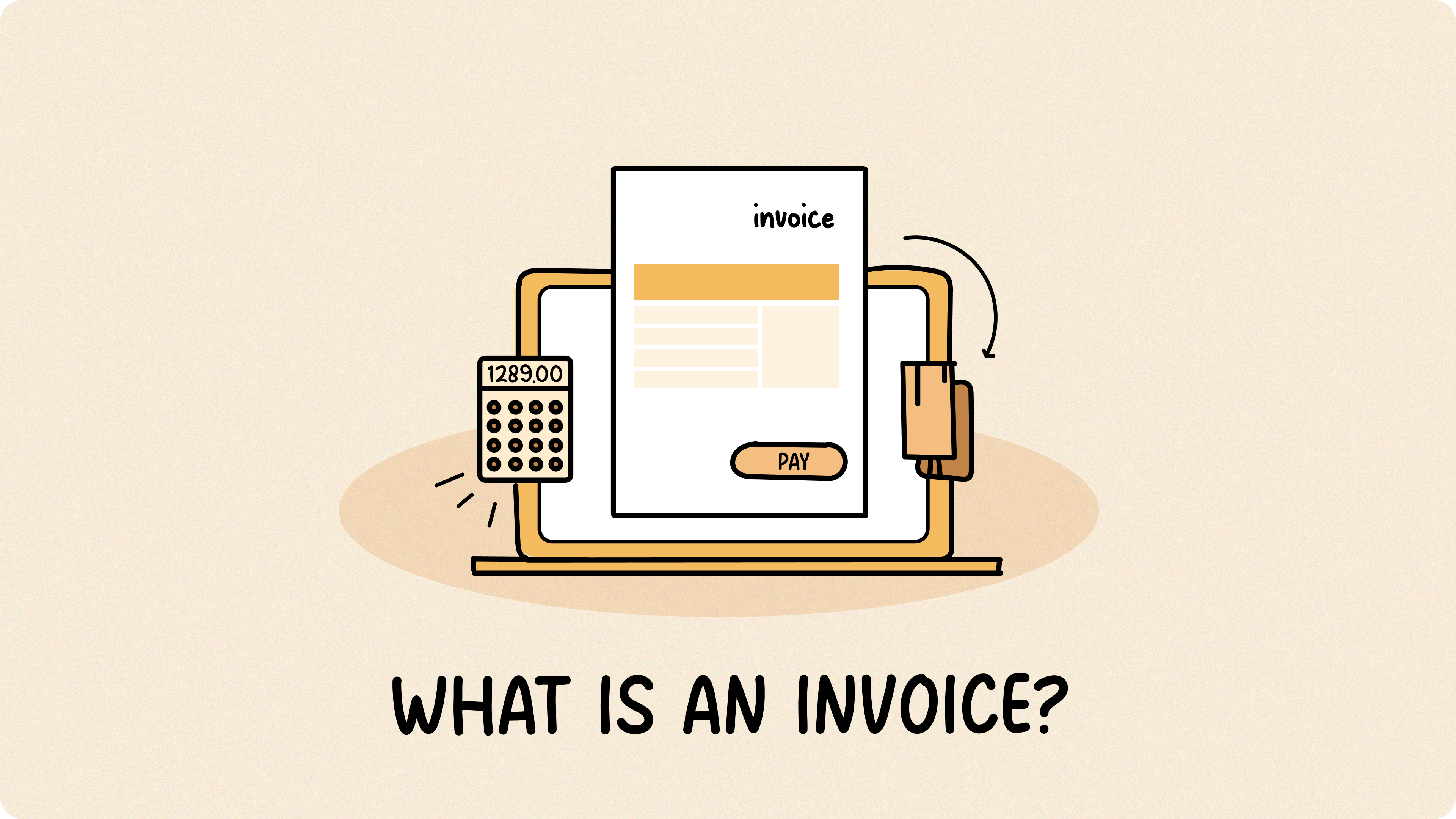Running a construction business is no small feat. Whether you’re a freelancer managing small renovations or a small business owner overseeing commercial projects, every job comes with unique challenges—fluctuating material costs, labor hours that creep up, and clients who want detailed invoices. How do you ensure each project stays profitable? The answer lies in effective job costing.
Job costing is the backbone of financial success in construction. It allows you to track every dollar spent on a project, from nails to labor to equipment rentals, so you can price jobs accurately, avoid losses, and grow your business sustainably. According to a 2024 study by the National Association of Home Builders (NAHB), construction firms that accurately tracked job costs saw profit margins improve by an average of 10%. Yet, many small contractors still rely on guesswork or outdated spreadsheets, risking costly mistakes.
This guide walks you through setting up an effective job costing system tailored for construction freelancers and small business owners. We’ll cover why job costing matters, how to implement it step-by-step, and how tools like our software can make the process seamless. Let’s build a foundation for profitability.
Table of Contents
- Why Job Costing Is Critical for Construction Businesses
- Key Components of Job Costing
- Step-by-Step Guide to Setting Up Job Costing
- Choosing the Right Tools for Job Costing
- Common Job Costing Mistakes to Avoid
- How to Use Job Costing Data to Grow Your Business
- What’s Next?
Why Job Costing Is Critical for Construction Businesses
Construction projects are complex. Unlike retail or service businesses, where costs are often predictable, construction involves countless variables—material price hikes, weather delays, or unexpected labor needs. Without a clear picture of expenses, you might underbid a job, eat into profits, or lose client trust with inaccurate invoices.
Job costing addresses these challenges by assigning expenses and revenue to individual projects, providing a clear picture of financial performance. Industry data suggests that construction businesses leveraging project data insights can achieve significant cost reductions, with some studies indicating potential savings of 13%. This control is crucial for freelancers and small businesses operating on tight margins, where even a single miscalculated job can jeopardize cash flow.
Here’s what effective job costing delivers:
- Mitigate Underbidding Risks: Historical cost data helps you avoid losses from inaccurate estimates.
- Ensure Financial Clarity: Track project-specific expenses to understand true costs.
- Build Client Confidence: Detailed, accurate invoices foster trust and minimize disputes.
- Stabilize Cash Flow: Monitor expenses in real-time to prevent cash shortages.
For example, imagine you’re a freelancer renovating a kitchen. Without job costing, you might overlook $500 in extra drywall costs or 10 untracked labor hours. With job costing, you’d catch these issues early, adjust your budget, and invoice accurately, protecting your profit margin.
Key Components of Job Costing
Before diving into setup, let’s break down the core elements of job costing in construction. Each component must be tracked meticulously to ensure accuracy.
- Direct Costs:
- Materials: Lumber, concrete, fixtures, etc. Include delivery fees and taxes.
- Labor: Wages for employees or subcontractors, including overtime and benefits.
- Equipment: Rentals, fuel, or maintenance for tools like excavators or scaffolds.
- Indirect Costs (Overhead):
- Administrative Expenses: Office rent, utilities, or project management salaries.
- Insurance and Licenses: General liability, workers’ comp, or permits.
- Vehicle Costs: Fuel, maintenance, or depreciation for company trucks.
- Revenue:
- Client payments, including progress billings or retainage (typically 5–10% held until project completion).
- Change orders for additional work or material upgrades.
- Cost Codes:
- Standardized categories (e.g., based on MasterFormat) to organize expenses, like “Concrete Work” or “Electrical Installation.” These ensure consistency across projects.
Effective job costing tracks all these elements at the project or phase level, allowing you to compare actual costs against your budget. Contractors who implement detailed cost codes often experience significantly fewer budget overruns compared to those using generic categories, as this granular tracking allows for better monitoring and control of expenses.
Step-by-Step Guide to Setting Up Job Costing
Ready to implement job costing? Follow these steps to create a system that works for your construction business, whether you’re a solo contractor or managing a small team.
Step 1: Define Your Cost Structure
Start by identifying the types of costs you’ll track. Create a list of direct costs (e.g., materials, labor) and indirect costs (e.g., overhead, insurance). Use industry-standard cost codes, like those from MasterFormat, to categorize expenses consistently. For example:
- Code 03-3000: Concrete Work
- Code 26-1000: Electrical Systems
If you’re new to cost codes, start simple with broad categories (e.g., “Materials,” “Labor”) and refine them as you grow. A 2024 Foundation Software report suggests that contractors using standardized cost codes improve cost tracking accuracy by 20%.
Step 2: Estimate Costs for Each Project
Before starting a job, create a detailed budget. Break down estimated costs by phase (e.g., foundation, framing, finishing) and cost type. Use historical data from past projects to inform your estimates. For example:
- Kitchen Renovation Budget:
- Materials: $8,000 (cabinets, tiles, etc.)
- Labor: $6,000 (20 hours @ $50/hour for two workers)
- Equipment: $500 (tool rentals)
- Overhead: $1,500 (10% of direct costs)
Software like ours can pull historical data to streamline this process, ensuring your estimates are grounded in real-world figures.
Step 3: Track Costs in Real-Time
During the project, record expenses as they occur. Use timesheets for labor, purchase orders for materials, and receipts for equipment rentals. For example:
- Log 5 hours of carpentry work at $60/hour = $300.
- Record $200 for plumbing fixtures, including delivery.
Manual tracking via spreadsheets works for small projects, but it’s prone to errors. A 2024 Knowify study found that contractors using automated job costing software reduced data entry errors by 25%. Our software syncs with tools like QuickBooks to capture costs automatically, saving you hours.
Step 4: Allocate Overhead Costs
Indirect costs are trickier but critical. Allocate overhead to projects based on a consistent method, such as:
- Percentage of Direct Costs: Apply a fixed rate (e.g., 10% of direct costs).
- Labor Hours: Divide total overhead by labor hours and assign per hour worked.
For instance, if your monthly overhead is $5,000 and a project takes 100 labor hours out of 500 total hours, allocate $1,000 (20%) to that project. A 2024 industry guide highlights that accurate overhead allocation helps prevent undercharging, ensuring all project costs are covered.
Step 5: Monitor and Adjust Budgets
Compare actual costs to your budget weekly or per project phase. If costs exceed estimates (e.g., a $1,000 material overrun), investigate why—price increases, scope changes, or inefficiencies? Issue change orders for client-approved additions to maintain profitability.
Many account software provides real-time dashboards to flag budget overruns instantly, letting you address issues before they spiral.
Step 6: Generate Job Cost Reports
At project completion, create a job cost report summarizing:
- Total costs (direct and indirect) by category.
- Revenue from client payments.
- Profit margin (revenue minus costs).
These reports reveal which projects are profitable and why. For example, a 2024 FastEasyAccounting article notes that contractors using job cost reports improved bidding accuracy by 15%. Share detailed reports with clients to build trust and justify invoices.
Choosing the Right Tools for Job Costing
The right tools make job costing easier and more accurate. Here’s how to choose the best solution for your business:
- Spreadsheets (Low-Cost, High Effort):
- Pros: Free or low-cost (e.g., Excel, Google Sheets).
- Cons: Time-consuming, error-prone, and hard to scale.
- Best for: Freelancers with 1–2 small projects monthly.
- General Accounting Software (Moderate Cost, Limited Features):
- Pros: Handles basic job costing (e.g., QuickBooks Online).
- Cons: Not optimized for construction; requires workarounds.
- Best for: Small businesses with simple projects.
- Construction-Specific Software (Higher Cost, Full Features):
- Pros: Automates cost tracking, integrates with payroll, and provides real-time reports.
- Cons: Higher cost, learning curve.
- Best for: Growing businesses or freelancers with multiple projects.
Construction-specific software is tailored for professionals, offering features like job costing, integration with accounting tools, and mobile access for on-site tracking. These tools handle industry-specific needs, such as progress billing and retainage, streamlining processes and improving accuracy.
Common Job Costing Mistakes to Avoid
Even with a solid system, mistakes can derail your efforts. Here are pitfalls to watch for, based on industry insights:
- Ignoring Indirect Costs: Failing to allocate overhead leads to underpricing. Always include a portion of rent, insurance, etc.
- Inconsistent Cost Codes: Mixing categories (e.g., “Materials” vs. “Supplies”) creates confusion. Stick to standardized codes.
- Delayed Tracking: Waiting until project end to log costs risks missing expenses. Track daily or weekly.
- Overcomplicating Data: Tracking every nail is inefficient. Procore’s 2024 guide advises balancing detail with manageability to avoid overwhelming your team.
- Skipping Reports: Not analyzing job cost data misses opportunities to improve. Review every project’s performance.
Construction-specific software helps avoid these issues with automated tracking, standardized templates, and one-click reports, ensuring you stay on top of costs without extra hassle.
How to Use Job Costing Data to Grow Your Business
Job costing isn’t just about tracking; it’s about leveraging data to make smarter decisions. Here’s how to turn insights into growth:
- Refine Bidding: Use historical data to bid competitively without sacrificing margins. For example, if framing consistently overruns, increase future estimates.
- Identify Profitable Niches: Analyze which project types (e.g., residential vs. commercial) yield higher profits. Focus on high-return work.
- Improve Efficiency: Spot cost drivers, like excessive labor hours, and address them through training or better processes.
- Enhance Client Relationships: Transparent cost reports build trust, leading to repeat business. A 2024 JLS Accounting report notes that detailed invoicing reduces billing disputes by 20%.
For instance, a small contractor using our software discovered that kitchen remodels were 25% more profitable than bathroom renovations. They shifted focus to kitchens, boosting annual revenue by 15%.
What’s Next
Effective job costing is a game-changer for construction freelancers and small business owners. By tracking every cost, comparing it to your budget, and analyzing profitability, you can bid smarter, avoid losses, and grow your business with confidence. The right tools make this process faster and more accurate, letting you focus on what you do best—building.
Ready to take control of your project finances? Our construction accounting software simplifies job costing with real-time tracking, seamless integrations, and powerful reports. Schedule a call with our team to learn how we can help boost your profitability.
For more insights on managing your construction business, explore our blogs or contact our team for personalized guidance. Let’s build your success, one project at a time.







